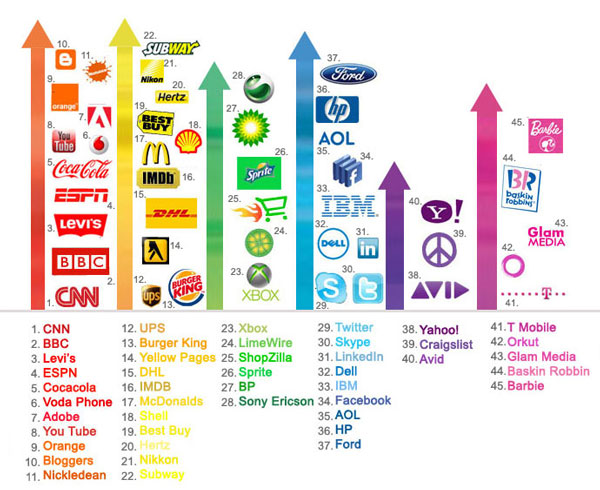Video Marketing: Trends and best practices for 2024

Video marketing has become an integral part of modern brand promotion strategies, and its importance continues to grow. In an era of digital transformation, where visual content is a key tool for capturing attention, video marketing stands out as one of the most effective ways to engage with audiences. In this article, we'll explore the main trends in video marketing for 2024 and offer best practices for achieving success in this field.
1. Short and Snappy Videos
In a world where online attention spans are shrinking, short and snappy videos have become the dominant form of video content. Platforms like TikTok, Instagram Reels, and YouTube Shorts are leading the market, giving brands the opportunity to convey their messages in just a few seconds. Research shows that videos lasting 15-60 seconds have the highest engagement rates, making them the ideal format for promoting products and services.
Tip: Create content that quickly captures viewers' attention and prompts action. Focus on the key message and visual elements that instantly draw attention.
2. Live Streaming and Interactivity
Live streaming has become a crucial tool for real-time audience engagement. Platforms such as Facebook Live, Instagram Live, and YouTube Live allow brands to connect directly with customers, answer questions, and showcase products in real-time. Interactivity, such as the ability for viewers to ask questions or participate in polls, strengthens the bond between the brand and its audience.
Tip: Host regular live streams to maintain audience interest. Use interactive elements to increase engagement and create a sense of community around your brand.
3. Personalized Video Content
Personalization is a key trend in digital marketing, and video marketing is no exception. Modern technologies enable the creation of personalized video content tailored to the interests and needs of specific users. This can include addressing viewers by name, mentioning their preferences, or recommending products based on their previous purchases.
Tip: Use customer data to create personalized video content that resonates with each viewer. This can improve conversion rates and boost customer loyalty.
4. Video in E-commerce
Video is becoming an essential part of e-commerce. From product demonstrations to video reviews, the use of video helps consumers better understand products, increasing the likelihood of a purchase. Video can also serve as a primary tool for promoting products through social media and email marketing.
Tip: Incorporate product demonstrations and video reviews on your website and social media channels. This will improve customer awareness and drive sales.
5. Augmented Reality (AR) and Virtual Reality (VR)
Augmented Reality (AR) and Virtual Reality (VR) are opening up new possibilities for video marketing. These technologies allow for the creation of unique and immersive video experiences that can capture attention and make a brand stand out from the competition. AR and VR videos can be used for virtual tours, product demonstrations, and interactive advertising campaigns.
Tip: Consider integrating AR and VR into your video strategy to offer your audience innovative and memorable experiences.
6. Video Analytics and Optimization
As video marketing technologies evolve, it becomes increasingly important to analyze the results of video campaigns. Metrics such as views, engagement, watch time, and conversion rates allow marketers to assess content effectiveness and identify areas for optimization.
Tip: Regularly analyze the results of your video campaigns and use the data to improve your strategy. This will help you understand which content is most effective and how it can be optimized for better results.
Video marketing in 2024 continues to evolve, offering brands more opportunities to engage with their audience. By leveraging current trends and best practices, you can create an effective video strategy that helps your brand stand out from the competition and achieve success. It's essential to remember that the key to successful video marketing is continuous learning, adaptation, and a willingness to experiment with new formats and technologies.


















































